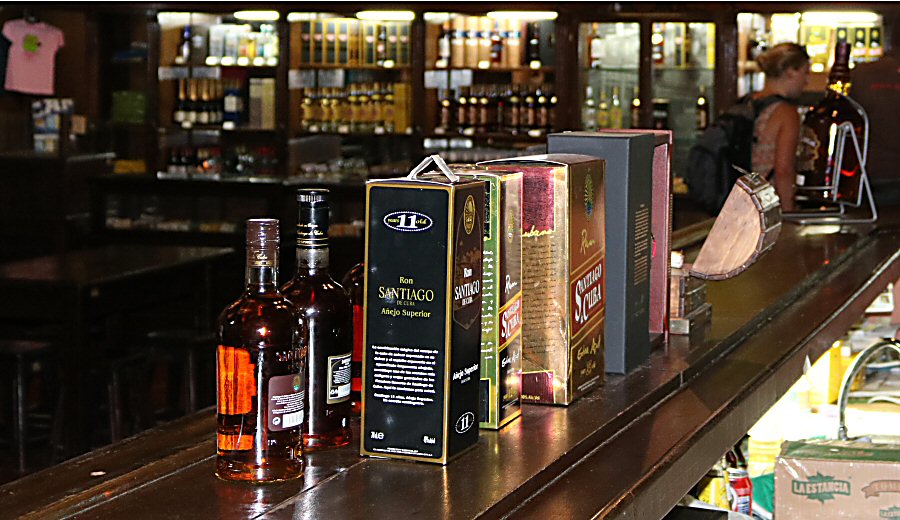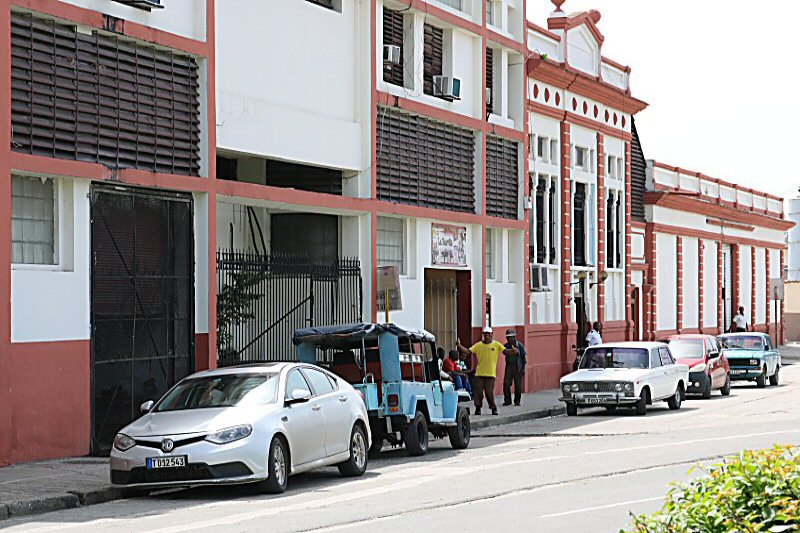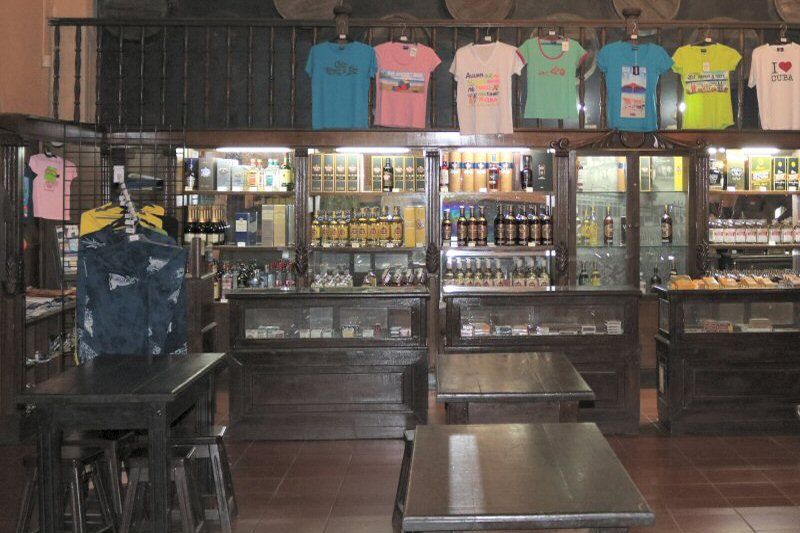
From the Peak to the Present
When the US Congress prohibited the production, sale, and consumption of alcohol in 1920, the company closed its bottling fabric in New York, and started with the campaign, promoting Cuba as a tropical island ideal for the people that want to escape from the restriction of alcohol consumption in USA. The efficient tactics of this strategy, such as the mailing of the postcards that illustrate the allure of the Havana nights with the Bacardí rum cocktails, and the encouragement of a major airline company the US customers by phrases like “to fly to Cuba and to bath in Bacardí rum”, turned out satisfactory and American tourists flocked to the bars of Havana.
In 1930, the tallest building of Cuba of the time that was erected to house the offices of the Bacardí Company in Havana, was completed, and its elegant black-and-gold decorated bar was opened to celebrities, including the Spanish royal family. Henri (Don Enrique) Schueg, the husband of Amalia, one and only daughter of Don Facundo, is largely credited for the brilliant marketing campaign that lured the Americans to the new Bacardí Building in Havana. His motto “Cuba as the home of rum and Bacardí as the king of rums” worked well. He presided over international expansion to Mexico in 1931, to Puerto Rico in 1936 and to New York in 1944.
While the company name became more popular, protecting it became more difficult. In 1936, the company won a lawsuit against New York bars that were substituting other rums when they made Bacardí cocktails. A state supreme court ruled that a Bacardí cocktail must be made with Bacardí rum. Today, when a customer orders, for example, a Bacardí Piña Colada, by law it must be served only with Bacardí rum.
Towards the end of the World War II, the company was led by José Pepin Bosch that had married Enriqueta Bacardí, the daughter of Amalia and Henri Schueg.
In 1960, the revolutionary government confiscated all alcoholic beverages industries in Cuba, so that all these companies passed to the hand of the Cuban State, with one exception: the Ron Bacardí Company. Even though all its company assets in Cuba were nationalized, José Pepin Bosch had taken already several precautionary measures that saved the company to be zeroed out. He had already secured the trademarks, patents, and proprietary formulas to the Bahamas two years ago, so that the organization to ultimately recovery from the devastating setback became possible. The company shipped out of Cuba and relocated its headquarters to the Bahamas where sugarcane and cheap labor were in plentiful supply.
It is rumored that the rum in the oak barrels was shaken due to the trains passing on the railway in front of the factory, and this increased the quality of the rum, which somehow interacted with the oak.
On the same street, very close to the factory building, there is a tourist bar, Barrita del Ron. Here you can receive satisfying information about a lot of old and new brand rums, taste some of them and buy, if you like any.
When the US Congress prohibited the production, sale, and consumption of alcohol in 1920, the company closed its bottling fabric in New York, and started with the campaign, promoting Cuba as a tropical island ideal for the people that want to escape from the restriction of alcohol consumption in USA. The efficient tactics of this strategy, such as the mailing of the postcards that illustrate the allure of the Havana nights with the Bacardí rum cocktails, and the encouragement of a major airline company the US customers by phrases like “to fly to Cuba and to bath in Bacardí rum”, turned out satisfactory and American tourists flocked to the bars of Havana.
In 1930, the tallest building of Cuba of the time that was erected to house the offices of the Bacardí Company in Havana, was completed, and its elegant black-and-gold decorated bar was opened to celebrities, including the Spanish royal family. Henri (Don Enrique) Schueg, the husband of Amalia, one and only daughter of Don Facundo, is largely credited for the brilliant marketing campaign that lured the Americans to the new Bacardí Building in Havana. His motto “Cuba as the home of rum and Bacardí as the king of rums” worked well. He presided over international expansion to Mexico in 1931, to Puerto Rico in 1936 and to New York in 1944.
While the company name became more popular, protecting it became more difficult. In 1936, the company won a lawsuit against New York bars that were substituting other rums when they made Bacardí cocktails. A state supreme court ruled that a Bacardí cocktail must be made with Bacardí rum. Today, when a customer orders, for example, a Bacardí Piña Colada, by law it must be served only with Bacardí rum.
Towards the end of the World War II, the company was led by José Pepin Bosch that had married Enriqueta Bacardí, the daughter of Amalia and Henri Schueg.
In 1960, the revolutionary government confiscated all alcoholic beverages industries in Cuba, so that all these companies passed to the hand of the Cuban State, with one exception: the Ron Bacardí Company. Even though all its company assets in Cuba were nationalized, José Pepin Bosch had taken already several precautionary measures that saved the company to be zeroed out. He had already secured the trademarks, patents, and proprietary formulas to the Bahamas two years ago, so that the organization to ultimately recovery from the devastating setback became possible. The company shipped out of Cuba and relocated its headquarters to the Bahamas where sugarcane and cheap labor were in plentiful supply.
It is rumored that the rum in the oak barrels was shaken due to the trains passing on the railway in front of the factory, and this increased the quality of the rum, which somehow interacted with the oak.
On the same street, very close to the factory building, there is a tourist bar, Barrita del Ron. Here you can receive satisfying information about a lot of old and new brand rums, taste some of them and buy, if you like any.


